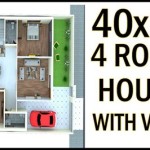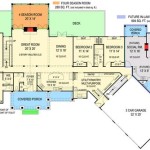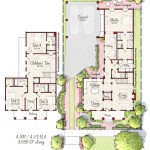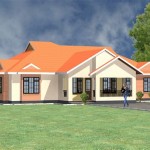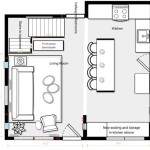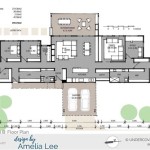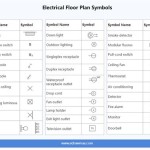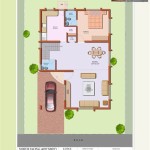Essential Aspects of Masonry House Plans
Masonry houses are renowned for their durability, strength, and timeless aesthetic appeal. When designing a masonry house, careful consideration of various aspects is crucial to ensure a successful and satisfactory outcome. Here are the essential elements to consider while developing masonry house plans:
1. Material Selection:
The type of masonry material used, such as brick, stone, or concrete blocks, significantly impacts the overall appearance and performance of the house. Each material has unique characteristics in terms of texture, color, and durability. Consider the desired aesthetic effect and the climate conditions of the region when selecting the masonry material.
2. Structural Design:
The structural design of a masonry house is vital to ensure its stability and longevity. The thickness of the walls, the spacing of reinforcements, and the type of foundation system must be carefully calculated to withstand various loads, including dead loads, live loads, wind loads, and seismic forces.
3. Architectural Features:
Masonry houses offer a wide range of architectural features, from arches and columns to decorative trim and moldings. These elements can enhance the aesthetic appeal of the home and provide opportunities for creativity and personalization. However, it is essential to ensure that these features are integrated into the design in a structurally sound manner.
4. Insulation and Energy Efficiency:
Proper insulation is essential in masonry houses to minimize heat loss and improve energy efficiency. Insulation materials can be incorporated into the walls or installed as an external cladding. Additionally, energy-efficient windows, doors, and roofing materials contribute to reducing energy consumption.
5. Moisture Management:
Masonry walls are inherently porous, making moisture management a critical aspect. Adequate waterproofing measures, such as damp-proof courses, flashing, and weep holes, should be incorporated into the design to prevent moisture penetration and subsequent damage to the structure.
6. Ventilation:
Proper ventilation is essential in masonry houses to prevent moisture buildup and ensure a healthy indoor environment. This can be achieved through the inclusion of vents, chimneys, and windows that allow for air circulation and expel excess moisture.
7. Fire Resistance:
Masonry houses offer exceptional fire resistance compared to other types of construction. The non-combustible nature of masonry materials makes them highly resistant to fire and provides a higher level of protection in the event of a fire.
8. Long-Term Durability and Maintenance:
Masonry houses are known for their exceptional durability and low maintenance requirements. The materials used in masonry construction are highly resistant to weathering, decay, and insect damage. Regular inspections and minor repairs ensure the longevity and integrity of the structure.
9. Aesthetic Versatility:
Masonry houses offer a wide range of aesthetic options. The choice of material, color, texture, and architectural features allows for personalization and the creation of unique and visually appealing homes that complement various architectural styles.
10. Cost and Value:
The construction cost of a masonry house can be higher than other types of construction due to the materials and skilled labor involved. However, the long-term durability, low maintenance requirements, and energy efficiency of masonry houses make them a valuable investment that can potentially increase the property's value.
By considering these essential aspects when developing masonry house plans, homeowners can create durable, energy-efficient, and aesthetically pleasing homes that will stand the test of time while providing comfort and enjoyment for generations to come.
House Plans Masonry Passive Solar Design

Floor Plan Of The Case Study Building Brick Masonry Walls Are Indicated Scientific Diagram

Cool Energy Efficient Concrete House Plans Houseplans Blog Com

Plan View Of Considered Brick Masonry Building Scientific Diagram

Typical 40 M 2 Government Subsidised Concrete Masonry House A Plan Scientific Diagram

Cool Energy Efficient Concrete House Plans Houseplans Blog Com

Cur Masonry Heater Projects Stove Builders House Plans Floor Layout
Typical Floor Plan Of 3 Story Residential Building Using Confined Scientific Diagram

ป กพ นในบอร ด A Brick

Comparison Between The Floor Plans Of Popular Wooden House And That Scientific Diagram
Related Posts

